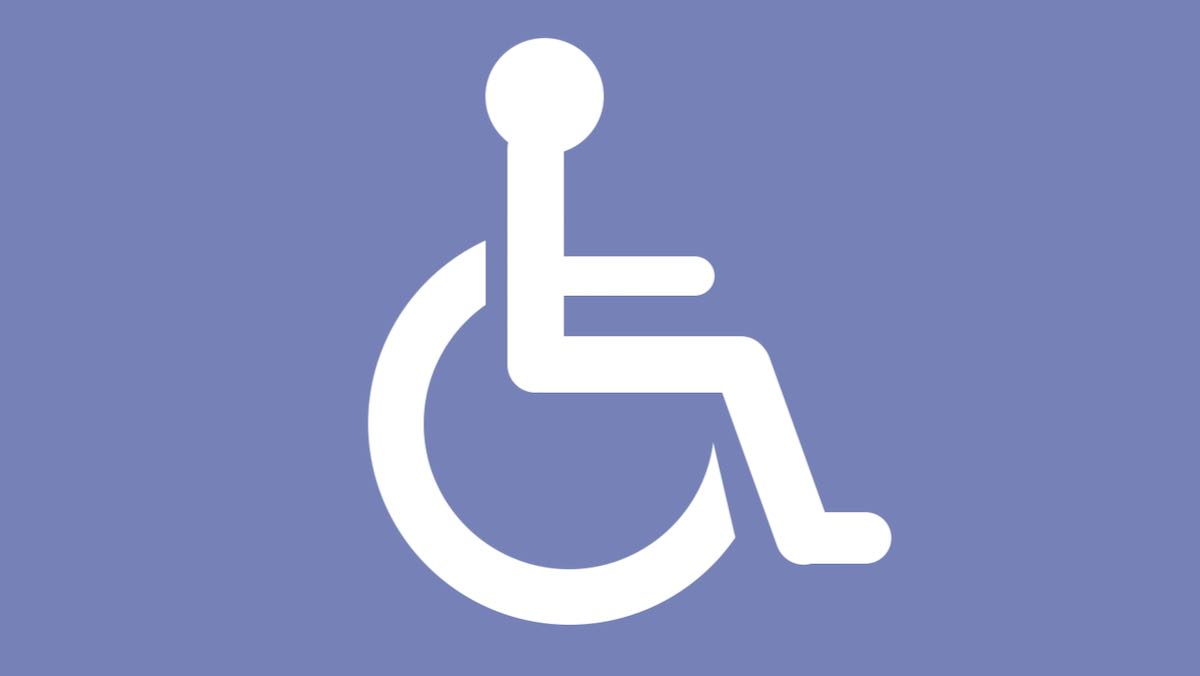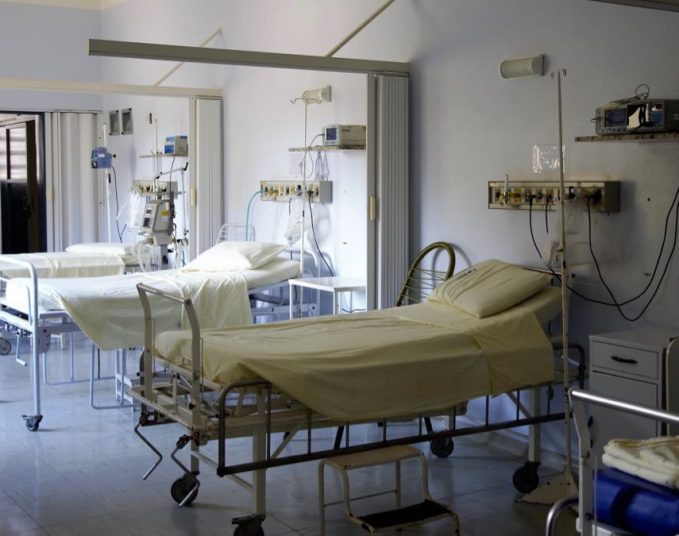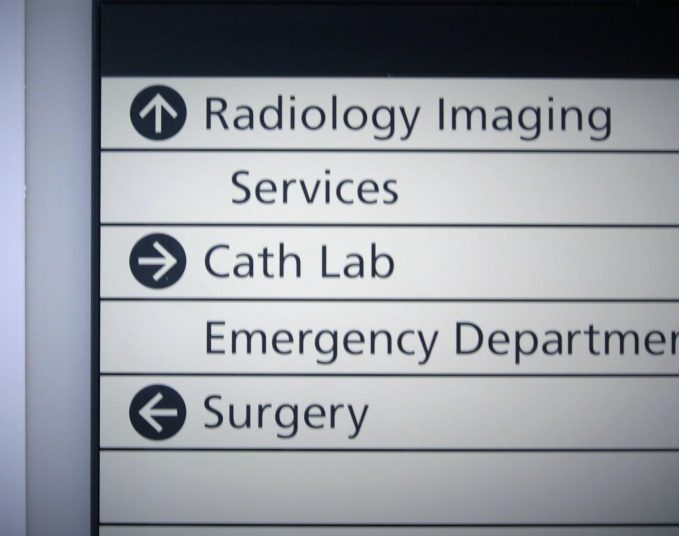Cheryl (Ed: not her real name) used to call herself a proud redneck, but now she’d rather be considered an advocate for senior and disability rights.
She lives in a subsidized seniors’ complex run by a foundation that refused to put up signs about masking or explain any health information to residents at the beginning of the pandemic. Those in charge said the shared hallways were private — and, therefore, masking was unnecessary.
Cheryl did not back down. She sent out 95 emails until she received a reply, confirming the hallways were indeed public spaces worthy of protection. Still, no enforcement happened. She’s heard other residents in the building spread conspiracy theories — and when she tries to interact with others while wearing a mask, she’s told it is poisoning her.
Three years in, Cheryl struggles every day to maintain her safety. She saved for a long time to be able to afford an air purifier for her space, she does not have access to food deliveries, has no vehicle and often has negative reactions when masking in public. Then, there are the personal challenges: her son refuses to be seen with her wearing a mask, even in his truck.
“It’s been very isolating and it’s exhausting. It’s easier just to stay home if you can and not have to have these exchanges with people,” she says.
The ageism experienced by Cheryl is not specific to her situation. In 2022, an auditor general’s report revealed seniors’ care in Alberta is fraught with issues ranging from deficient staffing standards to a lack of enforceable long-term care standards. In Calgary and Edmonton, the audit showed that nearly half of the total deaths due to COVID in the province were from patients in private, for-profit facilities. And little was done to change things.
Neeja Bakshi, a physician who treats Long COVID patients, says seniors, low-income individuals, those with health risks, LGBTQ2S+, BIPOC and immigrant populations, are not only particularly hit hard with the health impacts of COVID, but the resulting challenges of reduced finances, isolation, less access to programming and lack of access to safe health care. They also cope with unsafe work and/or living conditions.
Populations with higher rates of systemic challenges are also more likely to have Long COVID, says Bakshi, A study published in the Journal of the Royal Society of Medicine stated that socioeconomic status made a big impact on whether an individual had Long COVID. Individuals with a lower socioeconomic position had poorer health outcomes than those with higher socioeconomic statuses and similar occupations.
Part of the challenge is that certain communities already struggle in terms of getting proper health care, says Bakshi.
Twenty-year-old Avery Hanson had a reoccurring symptom over several weeks. It felt like her legs were in buckets of ice water. Her toes also started to look red or blue at different times. She already had Long COVID, but suspected these were new symptoms.
She had been going to a doctor who did virtual visits — her family doctor does not offer them — and was initially told during a virtual appointment that the symptoms were a result of taking estrogen, as Hanson is transgender. The doctor did not believe it was worth looking into further.
But Hanson’s mom, Kimberly, did not agree. She is an occupational therapist who, prior to getting Long COVID herself, was helping Long COVID patients with rehabilitation.
She knew Avery’s symptoms were likely related to a past infection so Hanson went in person to her family doctor where she finally got confirmation — circulation issues and toe discolouration colloquially called “COVID toes” are fairly well-known in Long COVID patients.
The experience of having health issues dismissed for transgender people is so common it’s been dubbed Trans Broken Arm Syndrome — the idea being that even something as obvious as a broken arm may be simply attributed to being trans.
“Given that there is pretty good research indicating that a physician’s medical decisions can often be dependent on a person’s gender or sex—like the current and historical over attribution of women’s problems to anxiety—it is not terribly surprising that someone can walk in with a broken arm, or yes, Long COVID symptoms … and throw the physician off on how to approach the issue,” says Hanson.
“There is inequity in access… particularly for LGBTQ2S+ or BIPOC people in terms of safety, psychological safety and medical safety—feeling heard and seen. It can mean the difference between accessing care and not accessing care,” says Bakshi.
Access to educational programs can also be a struggle for those who want to avoid the potential damaging effects of COVID particularly for those with limited finances or who need specific resources for their children.
Jennifer (Ed: not her real name) has asthma and fibromyalgia. Online school is an everyday struggle for her son who has learning disabilities, a seizure disorder, ADHD, anxiety and potentially autism. They tried in-person school, but the lack of COVID precautions made it impossible to stay safe, so now he learns online.
“His LA teacher told him she had over 100 students to look after in multiple grades,” says Jennifer. “And she’s been constantly sick so it takes months to get assignments marked and returned.
“Asking for help might take three days to get a response. They recently hired another teacher and it has improved slightly. But it wasn’t good for months.”
Jennifer says online school is geared towards those who do best by reading and filling out worksheets, but that rarely works for ADHD kids. “He literally needs someone to sit with him and discuss and help constantly,” she says.
It’s been a challenge but Jennifer believes it’s a necessary one.
“I work but we are mainly supported by my husband. If he gets ill, he has no disability insurance. So how do we live? I have fibromyalgia; if I add Long COVID to that, how will I care for my son?” she says.
Plus, she does not want to chance adding cognitive challenges — a potential side effect of COVID — to the neurological challenges her child already experiences.
And she feels lucky that they’re able to do it, recognizing many families cannot. For many families, there simply are no options. Their children need to be in school in order for the parents to work and pay bills.
That is why on a society level, Bakshi and Kimberly would both like to see more changes happen. Bakshi says air purification is a simple thing any building can do, and it’s something with benefits that extend beyond COVID.
“It will help with so many different things like allergies and asthma and other respiratory viruses. So, I think that’s relatively easy and should not be a very polarizing thing,” says Bakshi.
While Kimberly says marginalized individuals have been adversely affected by the pandemic from the beginning, there were some positive programs that gave rise to hope. In 2020, health teams in Alberta went door to door in some of the most badly affected communities. They provided information in the language preferred and handed out supplies like masks and sanitizer, while educating individuals on vaccines and health guidelines.
“Many lives were saved by that campaign I believe. But … where did that momentum and sentiment go?” Especially, she says, when those same communities are being hit now with Long COVID.
Kimberly says COVID really brought ableism to light by highlighting how little Canada has in way of legislation for those with invisible disabilities, including those now battling Long COVID.
That lack of recognition has resulted in all kinds of human rights violations during the pandemic, from unsafe work conditions to staff shortages due to frequent illness and disability to a lack of protection for the elderly and those with health issues.
“We should be looking at the COVID situation and demanding improvements to human rights and disabled legislation,” says Kimberly.
Savvy AF. Blunt AF. Edmonton AF.




